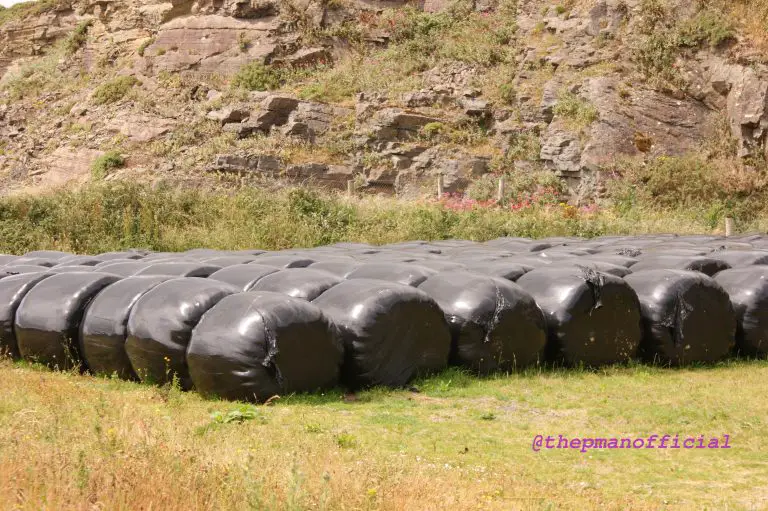With International Women’s Day and Mother’s Day taking place this week, Joe Melody pays tribute to the contribution of women in the farming world.
Women in Agriculture has become a more highlighted area in recent years whether it be in the media, at conferences or on social media. I know in my own family alone my mother Ann is the driving force behind what we do whether it be in administration or just keeping an impetus behind the next project or job that needs completion. This is not just a modern development, the woman always tended to occupy the most important tasks on farm.
Historically the key role of milking the cows and feeding the calves was more often than not carried out by the women in the household as these were skilled jobs requiring a patience, gentleness and attention to detail. This gave way to milking machines from the 1960s on. In a time where many women would have lacked their own financial independence, many of these farming women had their own poultry from which they sold eggs, turkeys, geese etc. This was very much bucking the trend of old Ireland.
Much of these roles on farm gave way to administrative work. These women embodied and continue to embody female empowerment in a stoic way through their actions not by some empty soundbytes. They did all of this while running a household. Wonderful women and farming has continued to be blessed to this day with these capable women who get on with it.
74,000 women actively contributed to work on farms according to the last census and women indeed are occupying the highest positions as the CEO’s of Bord Bia and Glanbia as well as a multitude of other Irish food companies. There are many farms now being succeeded by a daughter in the family rather than the traditional eldest son. Agriculture is a meritocracy, if a person has the ability to progress gender should not come into the reckoning.
On the home front, although the peak of calving has eased off, the schedule is still hectic. Most of our new arrivals now are out of Hereford or Aberdeen Angus bulls. In previous years we would have bred most the herd to a dairy sire but now were becoming more selective and only the cows that have both the genetic merit and performance get to breed a dairy replacement.
Any of the farm that didn’t get slurry in the past six weeks has received 25 units of nitrogen in the form of Urea. All our later calving cows are now out grazing on the out farm. We have 55% of the dairy platform grazed. I find that getting a good percentage of the farm grazed early in the first rotation is key to having enough grass for the start of the second grazing round in early April. The dry weather of the past fortnight has made grazing a much more successful endeavour as the cows are swallowing most of the grass rather than trampling it.











